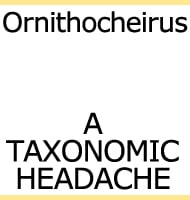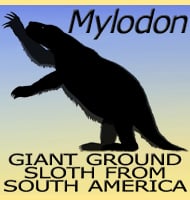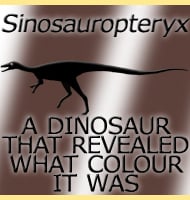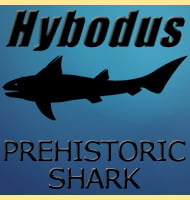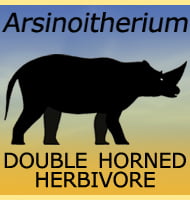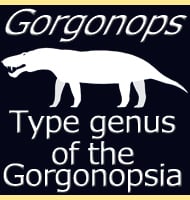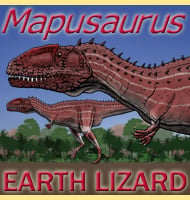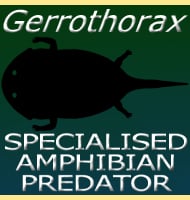In Depth
Tethysaurus is a primitive (basal) mosasaur that is considered to be related to Russelosaurus from North America and Yaguarasaurus from South America. Like these other two mosasaurs, Tethysaurus has a mixture of both primitive and advanced features that make it a primitive relative to other later mosasaur groups, although not as primitive as Dallasaurus which is thought to be one the most primitive mosasaurs known.
Tethysaurus was named after Tethys, the ancient Greek goddess of the sea who was also the inspiration for the name of the Tethys Ocean that once separated Laurasia (the northern continents) from Gondwana (the southern continents). The species name, T. nopscai, is in honour of the Hungarian palaeontologist Baron Ferenc Nopsca.
Further Reading
– A new mosasauroid (Squamata) from the Late Cretaceous (Turonian) of Morocco. – Comptes Rendus Palevol 2:607-616. – N. Bardet, X. Pereda Suberbiola & N.-E. Jalil – 2003.


